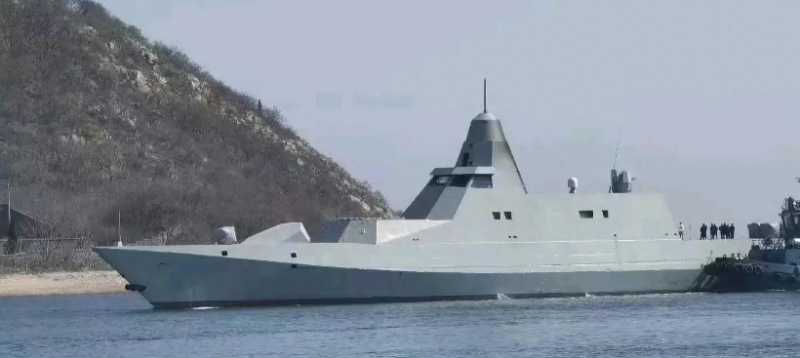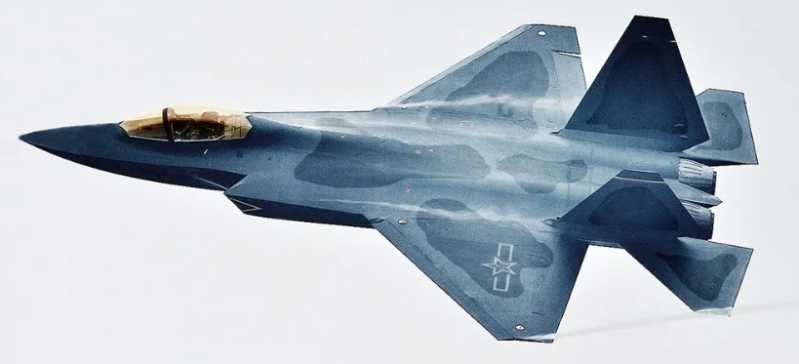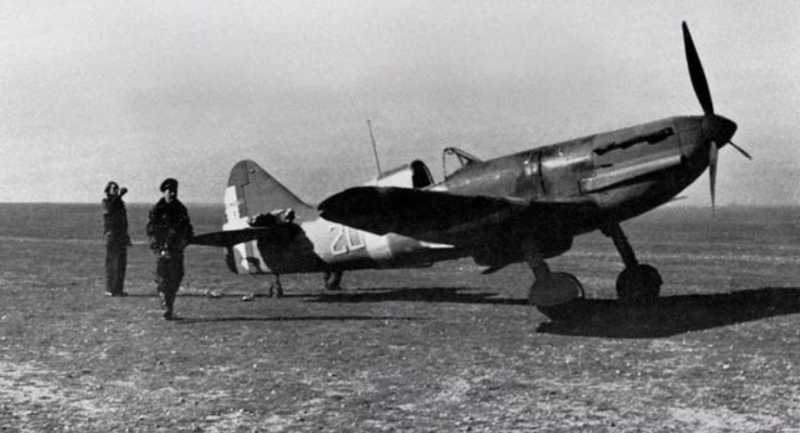2021 was originally the time when the German Air Force’s "Heavy Transport Helicopter" (STH) replacement selection project was finalized. However, in the second half of 2020, the German Ministry of Defense announced the termination of the STH project, which surprised the European and American aviation industries at the time. Germany originally planned to purchase the first batch of 40 to 60 heavy helicopters starting in 2023, and would place additional orders thereafter. Unexpectedly, just when Boeing’s CH-47 and Lockheed Martin/Sikorsky’s new generation CH-53 entered the final stage of PK, the Germans stepped on the brakes.
"Sea Stallion" is old
The German military intends to purchase a new generation of heavy transport helicopters to replace the CH-53G "Sea Stallion" that has been in service for many years. The story of the latter started half a century ago. Interestingly, just like the aborted two-choice competition in 2020, the two heavy helicopters that entered the final evaluation of the German army that year were the CH-47 and CH-53...
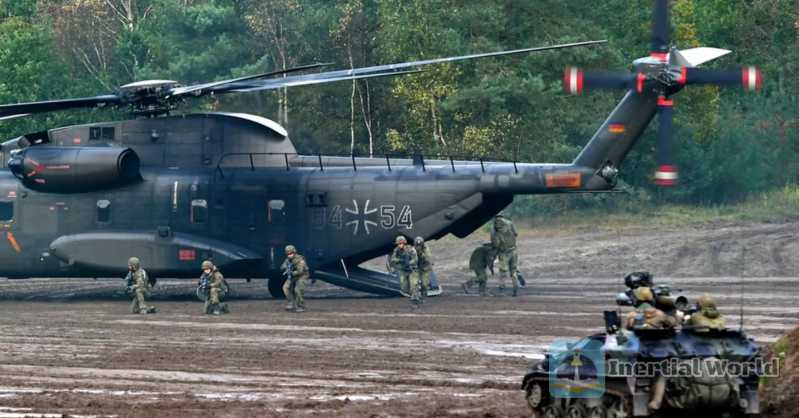
In 1966, after evaluating the "Chinook" and "Sea Stallion", the German military determined that the latter would completely replace the H-21 and H-34 helicopters. The initial demand was 133, which was later reduced to 110 due to budget constraints. In 1969, Sikorsky delivered two pre-production CH-53Gs. Since then, the remaining "Sea Stallions" have been manufactured by the German VFW-Fokker company under license.
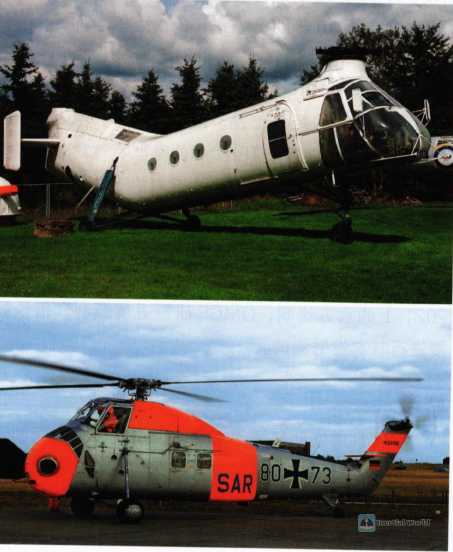
The first German-made CH-53G made its first flight in October 1971 and was officially delivered to the German army in March 1973. It should be pointed out that at that time, all the "Sea Stallions" were equipped to the German Army Aviation Corps and successively equipped with the 35th, 15th and 25th Army Aviation Regiments.
As time went on, Germany continued to implement technical improvements for the CH-53G and extend its service life. In the late 1990s, some CH-53Gs were equipped with new missile warning and self-protection systems, and upgraded communication and navigation systems. At the same time, these helicopters were equipped with two external fuel tanks, which increased their maximum range to 1,800 kilometers when carrying 36 armed soldiers or 5.5 tons of supplies. These models are called CH-53GS.
After entering the 21st century, about 40 CH-53G It was also updated by Eurocopter Germany with a new flight control system, autopilot, navigation and communication system, and its own defense capabilities were also improved. The modification project was completed from early 2010 to 2013, and the improved helicopter was called CH-53GA. In addition, a batch of helicopters were called CH53GE after being compatible with combat search and rescue (CSAR) functions.
In 2013, the German Army Aviation transferred all its CH-53Gs to the German Air Force, retaining only armed helicopters and medium/light general-purpose helicopters. The "Sea Stallion" that joined the German Air Force became the main equipment of the 64th Helicopter Wing, and was assigned to the flight brigade based in Laupheim and the air transport brigade stationed at Holzdorf Base. The German Air Force currently has a total of 79 CH-53GA/GEIGS.
Despite the upgrade, it is still difficult to conceal the German army The aging state of the CH-53G. After all, the "Sea Stallion", which has been in service since the early 1970s, is obviously outdated. Its availability, reliability and operational capabilities can no longer meet the needs of the German Air Force.
It is under this circumstance that Germany officially launched the heavy transport helicopter replacement selection project in 2018.
The "European Plan" failed
In June 2019, the German Federal Armed Forces Equipment, Information Technology and In-Service Support Bureau issued the STH tender. On January 13 and 14 of the following year, Boeing and Sikorsky submitted bids in succession, bidding for the latest models in the CH-47 and CH-53 families respectively.
Boeing claims that the CH-47 "Chinook" heavy helicopter is a unique flying platform "capable of performing tasks that other helicopters cannot accomplish." Michael Horst, vice president of defense, space and security at Boeing Germany, said, "This multi-mission-proven heavy helicopter uses extremely advanced technology and meets German requirements. Boeing has more than 950 Chinooks in 20 countries in Iraq and Afghanistan. Boeing’s bid for the STH is the H-47ER model that has been improved to meet German needs. Another advantage of Boeing is that it has employed more than 1,000 employees in Germany for many years and has provided thousands of additional jobs through its supply chain and other marketing activities. In addition, Germany is also an important partner for Boeing in research and technology investment. Boeing has "Research and Technology Office" and "Digital Solutions and Analysis Laboratory" in Munich and Frankfurt respectively. In order to participate in the STH bidding, Boeing has reached an agreement with 10 German aerospace companies to cooperate.
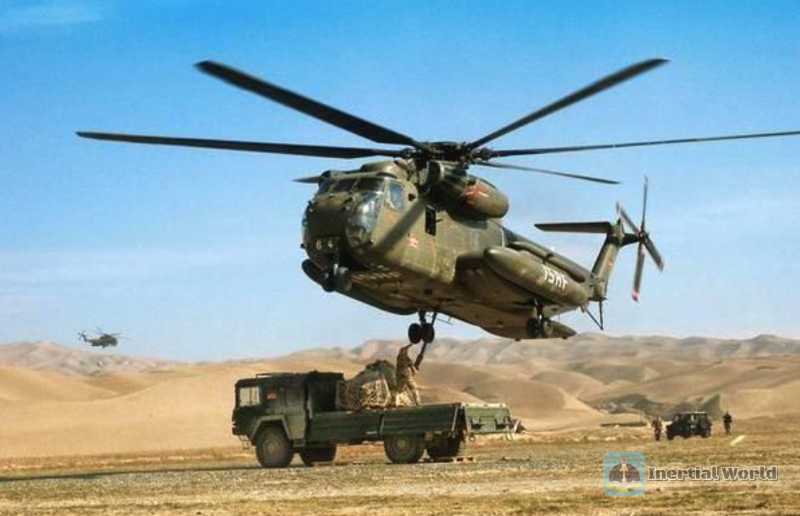
Correspondingly, Sikorsky launched CH-53K "King Stallion" heavy transport helicopter. Beth Pachella, director of international business development at Sikorsky, declared: "Our entire team is proud to present the CH-53K, which is the most efficient, capable and intelligent military helicopter and will become one of the long-term high-value options for the German Bundeswehr in the 21st century.
Similar to Boeing, Sikorsky also played the "local card". Its bid was jointly submitted with Rheinmetall, a veteran German military industrial enterprise. The two companies also built an STH project team including more than a dozen German companies, aiming to achieve "significant work sharing and high technical cooperation".

In Sikorsky’s view, building a strong German industrial team will become the "technical know-how" for the "King Stallion" to win the STH project, while ensuring the high availability of CH-53K in the German Air Force in the future. Mike Schmidt, general manager of Rheinmetall Aviation Services GmbH, believes that "German companies play an important role in the CH-53K program, which means creating many new long-term jobs for highly qualified employees across the industry and is conducive to important technical reserves."
The two American competitors in the STH project pay great attention to German local elements, which can be said to be the favorite of the bidders, because Germany has always pursued national defense autonomy. In fact, Germany had hoped to join France to find a "European solution" for the heavy helicopters that both countries urgently need, but failed to do so.
France’s "Super Hornet" helicopter has long been discontinued and there is no possibility of improvement; the AWV101 "Golden Falcon" multi-purpose helicopter jointly developed by the United Kingdom and Italy is underpowered and cannot meet the requirements of France and Germany. Therefore, under the leadership of Germany and France, the European Defense Agency ( EDA once authorized Airbus to conduct a demand analysis and feasibility study to determine whether the new project "European Heavy Helicopter" (HLH) is feasible.
After the study, Airbus gave the answer: Technically, a new heavy helicopter can be designed, but its production and installation costs will be incredibly high. In addition to France and Germany, the potential customer base of HLH was assessed as "insignificant". After all, the United Kingdom, the Netherlands, Spain, Greece and Italy are all loyal users of CH-47. These countries are unlikely to be interested in expensive and unproven new helicopters. In this way, the estimated R&D expenditure of up to US$5 billion can only be shared on a small-scale mass production base. In desperation, France focused on improving the "Puma" and NH90 ’s carrying capacity, while Germany launched a separate tender.
Not economical
However, neither the mature "Chinook" nor the cutting-edge "King Stallion" seems to be able to fully meet the requirements of the Germans. On September 29, 2020, the German Ministry of Defense issued an official statement that the plan to purchase the first batch of 40 to 60 heavy transport helicopters has been canceled because the solutions provided by Boeing and Sikorsky are "not economical enough."
The statement pointed out that "the reason for the cancellation of the STH project is that the German Air Force lacks confidence that the procurement case it supports can be realized within the established allocated budget." This diplomatic rhetoric means that the H-47ER and CH-53K It’s too expensive for Germany. This sudden decision shocked the industry and was naturally disappointing to the two companies participating in the bidding. However, they also expressed their attitudes in diplomatic words.
A spokesperson for Lockheed Martin, which owns Sikorsky, said on September 29: "We have noted the decision announced by the German Ministry of Defense today... If the procurement process is restarted, we will continue to be committed to delivering high-quality models to the German Armed Forces... At the same time, we will continue to support the CH-53G legacy fleet until its expected service life ends in 2030."
Boeing, the manufacturer of the Chinook, also issued a statement later: "We have noted the recent news released by the German Ministry of Defense regarding the cancellation of the current procurement process for a new heavy helicopter. With our consistent history of providing uniquely customized Chinooks at the lowest cost to meet customer capabilities, Boeing is ready and committed to supporting the German Armed Forces when this procurement resumes. With the foundation of mature Chinook technology worldwide, we are confident that the Chinook will be the lowest risk and most reasonably priced helicopter solution to meet German requirements.
Say "NO" to two models
In the beginning, in order to make the new generation heavy helicopter selection project within a reasonable price range, Germany set the STH project within the scope of "commercial off-the-shelf transactions" (COTS), and selected the purchase object with mature technology, thus avoiding high R&D funds and other expenses, with the benefits of low cost and low risk.
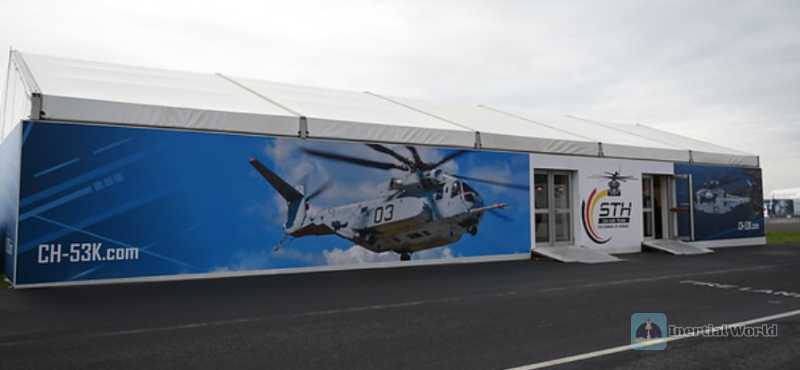
COTS between foreign customers and US arms dealers is usually carried out within the framework of the US Foreign Military Sales (FMS) program. If Germany successfully purchases a new generation of heavy helicopters through FMS, it will not only have direct cost benefits, but also leverage considerable commercial value for its project partners. Moreover, when necessary, the US military can provide airworthiness assurance, technical certification and spare parts/upgrade support for the product. However, when the German Ministry of Defense finally confirmed that the bids of Boeing and Sikorsky were "uneconomical", the German side had already determined that neither the H-47ER nor the CH-53K met the original intention of the COTS project. In other words, the so-called favorable conditions such as cost-effectiveness and upgrade support did not meet expectations.
The "King Stallion" has significantly improved its performance compared with the previous "Stallion" model! However, the price is also "dazzling". According to relevant reports from the US Marine Corps, the main user of the CH-53, the average R&D cost per CH53K is as high as US$148 million, plus the landing cost of about US$90 million. As the "King Stallion" is delayed due to technical and budgetary issues, its actual installation price will rise further.
In addition to the high purchase price, the CH-53K is still undergoing testing and evaluation by the US Navy/Marine Corps, and it is said that there are more than 100 technical defects that need to be corrected (including engine heat flow re-intake device, structural problems and reliability problems), which may also make the German side feel uneasy. So, after the U.S. Marine Corps delayed the CH-53K’s operational test and evaluation, the Germans may have felt that they should not rashly bet on a newly developed and newly certified helicopter production line.
In comparison, the purchase price of the Chinook is lower than that of the King Stallion, but it also failed to impress the German Air Force. This is because, although the H-47ER is a fairly mature design, many technical details still do not meet the needs of the German army and must be improved and upgraded. In this way, Boeing will not be able to promote the transaction with a "spot transaction" offer.
The technical details still do not meet the needs of the German army and must be improved and upgraded. As a result, it is impossible for Boeing to advance the transaction with a "spot transaction" quotation.
COTS through foreign military sales projects is not a panacea in arms transactions. Only when the weapons and equipment provided by the United States are significantly consistent with the requirements of customers and can basically meet the latter’s use requirements, its various benefits will be reflected. Once there are "extra" requirements for the performance of the model like the German Air Force, COTS will not work. Take the case of the H-47ER, its aerial refueling capability, digital control automatic flight system and advanced cockpit design are all different from the German requirements, and the technical improvements to meet these gaps mean new "customization", and customization means adjusting the production line, affecting the production schedule and cost increases. In addition, the US military will not provide upgrade support for such models.
The result is that Germany said "No" to both types of American heavy helicopters.
American standards? European specifications?
Perhaps another reason why the German STH project got into trouble was the Germans’ own "extra" requirements. In order to calm the inevitable criticism that European countries would incur when choosing American military products and support the development of European military technology, Germany insisted that certain key equipment for heavy helicopters should be purchased from German companies as much as possible. It was this attempt to inject European color into the shortlisted American heavy helicopters that in turn put the entire project in an awkward position. In fact, the two companies participating in the bidding are no strangers to such requirements and have already cooperated extensively with German companies. Sikorsky not only put forward the slogan "German CH-53K, made in Germany" when bidding, but also did so.
MTU, a German engine manufacturer, owns nearly 20% of the shares in the General Electric T408 engine project of the "King Stallion"; Rohde & Schwarz participated in the development of Sikorsky’s airborne communication system; Sikorsky also selected the missile self-protection system (AMPS), air collision avoidance system and friend-or-foe identification system of Germany’s Hensoldt. Even the "low-end" links have German companies, such as Autoflug, which was selected as the provider of cushion seats. Rheinmetall, a veteran German defense military enterprise, will get a share of the lucrative maintenance, repair and operation.
Boeing’s approach is similar to that of Sikorsky. As mentioned earlier, its In 2018, several German companies were brought together to form a bidding team. Interestingly, Rohde & Schwarz also appeared in the list of "Chinook" partners. No matter which heavy helicopter wins in the end, this German technology company with extensive involvement will not be a loser·…·
Although the above cooperation is beneficial to local enterprises, a conflicting consequence is that the technical configuration given by "Chinook" and "King Stallion" for the bidding has deviated from the technical settings of COTS transactions carried out in accordance with foreign military sales projects, and the latter is based on the configuration specifications of the US military.
What’s more, the Germans hope that the shortlisted heavy helicopters can obtain the European Aerospace Agency’s No. 29 certification specification, that is, to pass the "CS29 Large Rotorcraft Civilian Standard" certification. CS29 is an extremely complex standard system with clear requirements for the structure, performance, flight characteristics and key system configuration of helicopters. Although CS29 It can be regarded as a technical constraint on high-quality aviation engineering, but it is completely inconsistent with the US military’s commonly used military standards (MILSTD) followed by the US military equipment when designing. In fact, one is a civilian standard and the other is a military standard. The two are sometimes not only in conflict, but may even be directly opposed.
It is almost impossible for the German Air Force to directly adopt the CH-53K or H-47ER of the MIL STD standard, but to make it fully meet the certification standards of CS29, it is bound to have a time-consuming and laborious technical modification process, accompanied by a considerable amount of additional expenses, which has become a hurdle for the STH project.

Canadian dilemma
For the German Air Force, they urgently need to replace aging and increasingly unreliable CH-53G "Sea Stallion". The German army claims that the helicopter’s "heavy-load take-off and landing capability and search and rescue capability are deteriorating almost every day", and the maintenance cost of the CH-53G will only increase as the metal fatigue of the fuselage intensifies.
However, the German Ministry of Defense has made it clear that the STH project is not completely over, but can be understood as "suspended", but such a suspension is likely to cost Germany in terms of reputation, purchase price and flight safety. A negative precedent in this regard is Canada.
In 1992, in order to replace the aging CH-113 "Labrador" rescue helicopter and CH-124 "Sea King" anti-submarine helicopter, the Canadian Ministry of Defense finalized two models of the AW-101 "Gray Falcon" jointly developed by Britain and Italy. However, after the release of this military procurement plan, it soon attracted fierce opposition due to the purchase quantity and transaction amount. The leader of the government opposition simply called the AW101 "Cadillac" because it was too expensive.
After the revision, the Canadian Ministry of National Defense reduced the number of AWV101s to be purchased to more than 40, with a contract value of approximately 4.4 billion Canadian dollars. However, even though this revised plan cut costs by more than 1 billion Canadian dollars compared to the initial plan, it was still criticized by the opposition party.
In the second year’s general election, the Canadian government changed. After taking office, the new government fulfilled its promise in its election manifesto and unilaterally announced the cancellation of the "Gray Falcon" procurement case and paid a considerable penalty for it. But as mentioned earlier, the project was shelved and the problem was not solved. Then, in 1998, a CH-113 crashed while returning from a search and rescue operation, and all the crew members were killed. Although this loss was later determined to be "the result of a series of extremely unlikely accidental failures", the fact is clear that the Canadian government paid the price for canceling the helicopter military procurement case in 1993.
Based on the fact that the Labrador has been in service since the 1960s, Canada had to order 15 AW101s to replace the CH-113s. For political reasons, these helicopters were named "Cormorants" to save the government’s face. After that, the over-service CH-124 became increasingly unreliable, expensive to maintain, and a fatal accident occurred - this was still the price of canceling the purchase in 1993. The Canadian military had to choose the CH-148 "Hurricane" medium helicopter in 2004, which had not yet been fully tested and finalized. After a series of problems and delivery delays, the "Sea King" had to wait until 2015 to be retired.
The Canadian dilemma is the "worst case scenario" that the German Air Force may face at present: continue to use old and expensive helicopters, while keeping the crews on edge.
Second round?
So Germany will still seek a suitable heavy transport helicopter, and the STH project will most likely be restarted at some point in time. And in the absence of a suitable European solution, and the Russian Mi-26 is politically unacceptable, the candidate is still one of the "Chinook" and "King Stallion".
In fact, in January 2021, a few months after the announcement of the termination of the STH project, the German Ministry of Defense stated in a public occasion that it still plans to purchase a new heavy helicopter "in a timely manner." "Although it is impossible to sign an agreement in 2021 according to the previous framework conditions, the goal is still to replace the existing CH-53G in a timely manner.
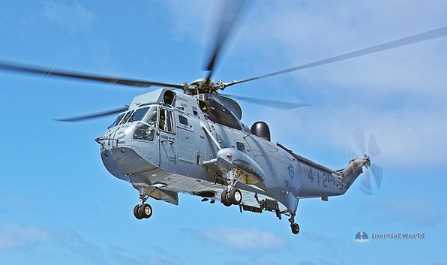
Perhaps in response to this statement, Sikorsky and its German partner Rheinmetall soon claimed that members of the CH-53K industry team, including many German companies, acknowledged that they would continue to fulfill the team cooperation agreement. Christian Albrecht, international business development manager at Sikorsky, said: "We have been working closely together to determine the optimal use and maintenance plan for the CH-53K heavy helicopter, and the German industry is the perfect partner in this regard." It seems that the developers of the "King Stallion" are confident that they will win the "second round" of the STH project.
From the perspective of comprehensive performance, mission capability and life cycle cost, the CH-53K does have an advantage over its only competitor: its avionics equipment and digital flight control have good upgrade adaptability, and its cabin design helps to achieve integration with fixed-wing transport aircraft (such as A400M and C-130))) Rapid cargo exchange between the new integrated sensors help improve the helicopter’s early detection and self-defense capabilities. In addition, the CH-53K has an aerial refueling function, which can be used in conjunction with the KC-130J tanker to significantly increase the range, and the German Air Force has also planned to equip this tanker.
While overcoming various technical problems, the CH-53K is currently entering mass production in the United States, and it is expected that the first US military "Stallion King" will enter actual combat deployment between 2023 and 2024. I don’t know by that time whether the Germans’ heavy helicopter selection will be settled. In any case, for the Sikorsky team, they certainly hope that the German STH project can be "re-launched" as soon as possible.






